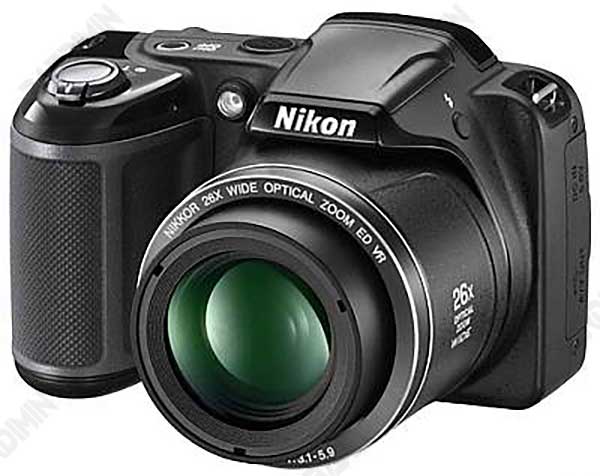Advantages of Compact Cameras
1. Lightweight, Easy to Carry, and Affordable
Compact cameras are known for their small size and lightweight, making them very easy to take anywhere. It is also relatively more affordable compared to system cameras such as DSLR or Mirrorless, making it a good choice for beginners or casual photographers.
2. Equipped with a Good Zoom Lens
One of the advantages of a compact camera is the zoom lens that is already installed. Most compact cameras have zoom lenses with a wide range, allowing you to shoot from a distance without the need to change lenses.
3. Easy to Use
The compact camera is designed for users who don’t want to bother with manual settings. The advanced auto mode allows you to take good-quality pictures without the need to understand complicated photography techniques.
4. Ideal for Daily Use
Compact cameras are perfect for everyday use, such as on vacation, family events, or travel documentation. Its small size makes it inconspicuous and easy to use in a variety of situations.
Disadvantages of Compact Cameras
1. Manual Control Limitations
Compact cameras are easy to use, but they often have limitations in manual control. Settings such as aperture, shutter speed, and ISO are usually not fully regulated, reducing the creativity of photographers who want to experiment.
2. Lacking Low-Light Capability
Generally, compact cameras have smaller sensors compared to system cameras such as DSLR or Mirrorless. This makes its performance in low light conditions less good, with images that often look noisy or lack detail.
3. Doesn’t Support RAW Format
Most compact cameras cannot take pictures in RAW format, which stores more image information. RAW format is essential for more professional photo editing, so this limitation can be a problem for serious photographers.
4. Limited Image Quality
Although compact cameras provide better image quality than mobile phone cameras, they are still inferior compared to system cameras. The resolution and detail of the image are often not as good as those produced by DSLR or Mirrorless.
c. Bridge Camera (Prosumer)
A bridge or prosumer camera is a type of camera that sits between a compact camera and a system camera such as DSLR or Mirrorless. This camera is intended for photographers who want more control and features than compact cameras, but don’t want to bother with the size and complexity of a system camera.
These cameras provide better manual control and have longer zooms, but still have a more compact design than DSLRs. Although the lenses on bridge cameras are not replaceable, some premium models have features that are close to those of professional cameras.

Advantages of Bridge Camera (Prosumer)
1. Better Manual Control
One of the main advantages of bridge cameras is the more complete manual controls. You can set the aperture, shutter speed, and ISO manually, giving you more flexibility in creating images to your liking.
2. Long Zoom Lens
Bridge cameras are usually equipped with very long zoom lenses, often reaching 50x or more. This allows you to take pictures from a distance, such as wildlife or sports photography, without the need to carry an additional lens.
3. Better Viewfinder and LCD Screen
Most bridge cameras are equipped with an electronic viewfinder (EVF) and a rotatable LCD screen. This feature is very helpful in image composition, especially in bright light conditions or when shooting from difficult angles.
4. Affordable Price Compared to System Cameras
While they offer more features than compact cameras, bridge cameras are typically more affordable than system cameras such as DSLR or Mirrorless. This makes it an attractive option for photographers who want to improve the quality of their images without spending a fortune.
